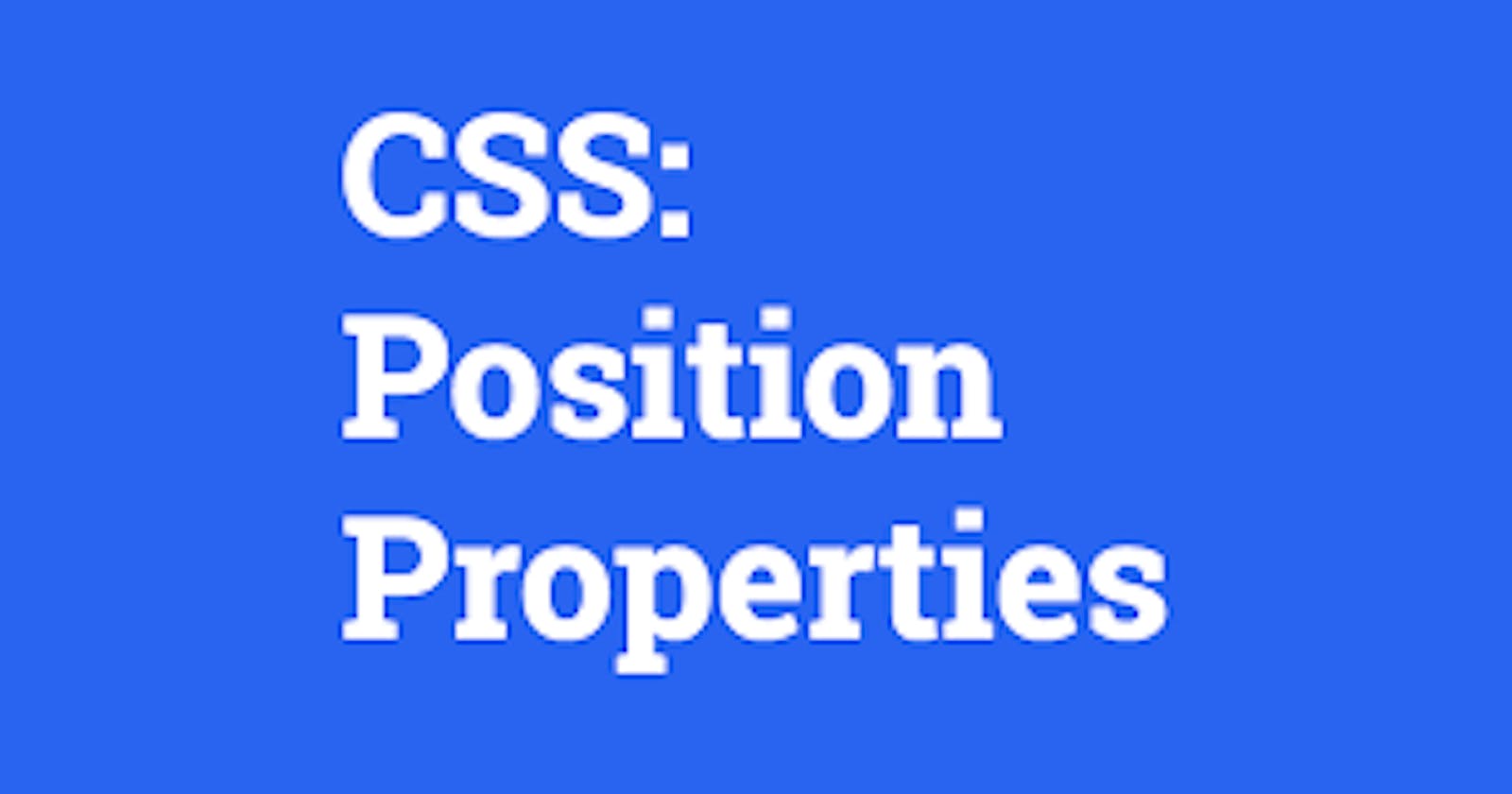Introduction
CSS positioning is a fundamental concept in web development that allows you to control the layout of elements on a webpage. With different position properties like static, relative, absolute, fixed, and sticky, you can precisely position elements to create visually appealing and functional web designs. In this blog, we'll explore these CSS positioning properties using a real-life example.
Scenario: Creating a Navigation Bar
For this example, let's imagine we're building a simple navigation bar for a website. The navigation bar will have a logo on the left, navigation links in the center, and a search bar on the right.
Setting Up the HTML
<!DOCTYPE html>
<html>
<head>
<link rel="stylesheet" href="styles.css">
</head>
<body>
<header>
<div class="logo">Your Logo</div>
<nav>
<ul>
<li><a href="#">Home</a></li>
<li><a href="#">About</a></li>
<li><a href="#">Services</a></li>
<li><a href="#">Contact</a></li>
</ul>
</nav>
<div class="search">
<input type="text" placeholder="Search...">
<button>Search</button>
</div>
</header>
</body>
</html>
Creating the CSS Styles (styles.css)
header {
background-color: #f2f2f2;
padding: 10px;
display: flex;
justify-content: space-between;
}
.logo {
/* Your logo styles here */
}
nav {
/* Your navigation styles here */
}
ul {
/* Your list styles here */
}
li {
/* Your list item styles here */
}
a {
/* Your link styles here */
}
.search {
/* Your search bar styles here */
}
Applying CSS Positioning
Static Positioning (default)
By default, elements are positioned statically. It means they follow the normal flow of the document. In our example, the header and its child elements will be placed according to their order in the HTML.
Relative Positioning
Adding position: relative; to the .logo class will enable relative positioning. Now, you can use the top, right, bottom, and left properties to adjust its position relative to its normal position. For example, top: 5px; left: 10px; would move the logo down by 5 pixels and to the right by 10 pixels.
Absolute Positioning
To make the .search div positioned absolutely within the header, you need to add position: absolute;. Now, it will be positioned relative to the closest ancestor with a non-static position (in this case, the header). You can use top, right, bottom, and left to position the .search div precisely where you want it.
Fixed Positioning
Adding position: fixed; to the nav element will fix it in place relative to the viewport. This means the navigation links will remain visible even when the user scrolls the page.
Sticky Positioning
To make the .search div sticky, add position: sticky; and a top value to specify where it should stick on the page as the user scrolls.
In the end.
Understanding CSS positioning is crucial for creating well-structured and visually appealing websites. By experimenting with the different positioning properties, you can create flexible and interactive layouts that adapt to various screen sizes and user interactions.
Remember, CSS positioning is just one aspect of web development, and there's much more to explore and learn. Happy coding!

